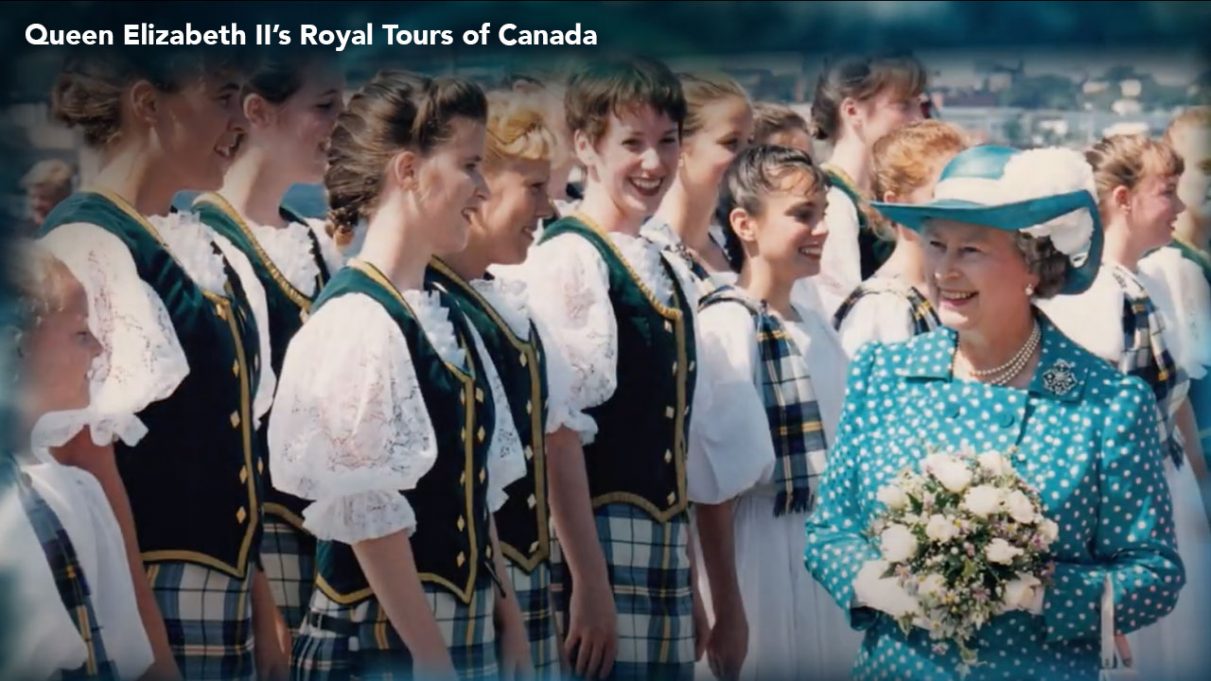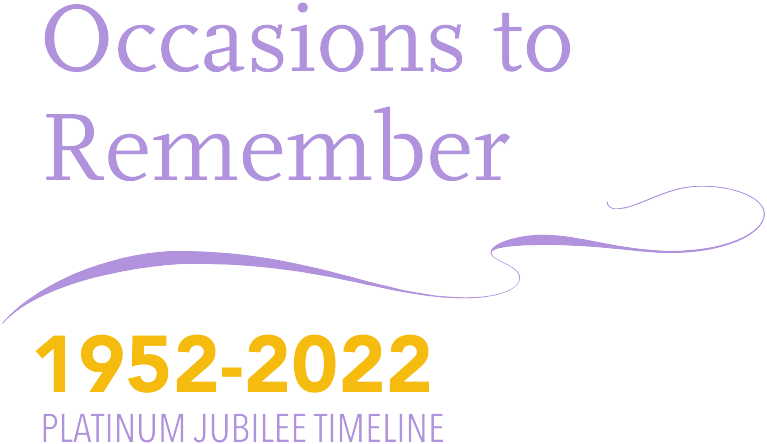
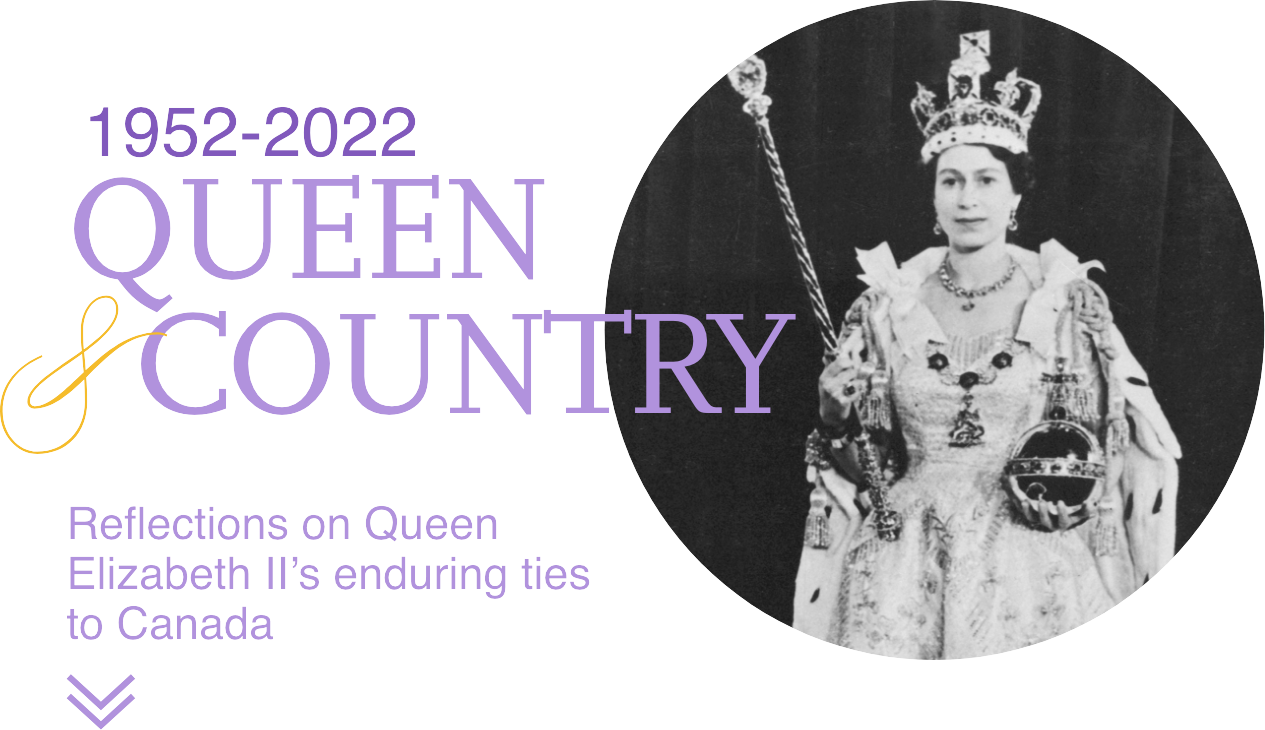
SYMBOLS of The Queen of Canada

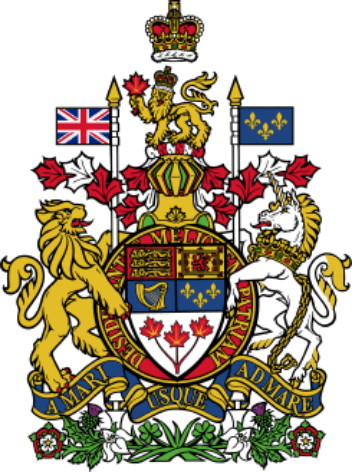
The Royal Arms of Canada
The arms of Canada are the Queen’s own coat of arms as Queen of Canada. They appear on Canadian passports and are used by cabinet ministers, parliamentarians and the federal courts. The arms represent not only the sovereign but the government acting in her name. Prior to their introduction in 1921, the symbol of sovereignty in Canada had been the royal coat of arms of the United Kingdom. The Canadian design borrows some elements from its predecessor, while incorporating Canadian flourishes such as maple leaves. The most recent artistic representation of the arms was introduced in 1994.
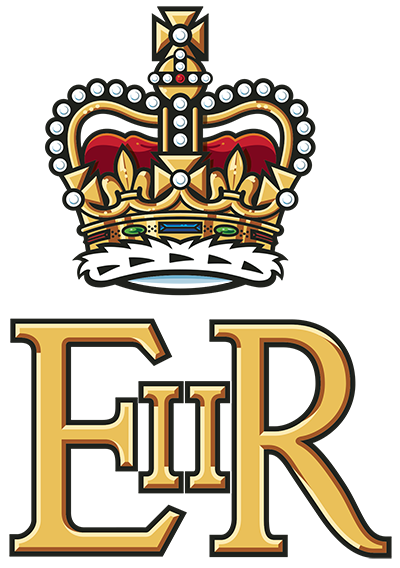
The Royal Cypher
Unlike the royal arms, which represent the monarch and their country, the royal cypher is an emblem particular to each sovereign. The Queen’s royal cypher displays the monogram EIIR (Elizabeth II Regina — regina is Latin for “queen”) and the royal crown. The cypher is found on medals and decorations within the Canadian honours system, as well as within other emblems related to the Queen.
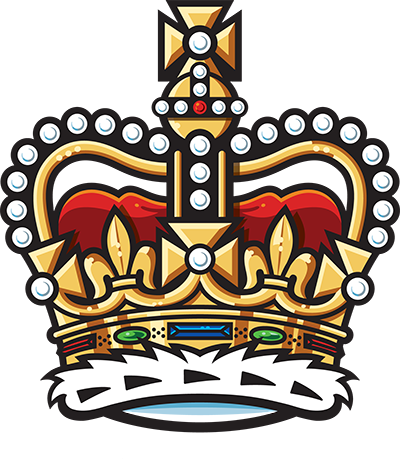
The Royal Crown
In many of these emblems, you’ll notice the inclusion of a familiar crown design: the crown jewel of the Crown Jewels. The royal crown is a representation of St. Edward’s crown, which is used at coronations. The specific pattern of the current royal crown was approved by the Queen at the beginning of her reign in 1952.
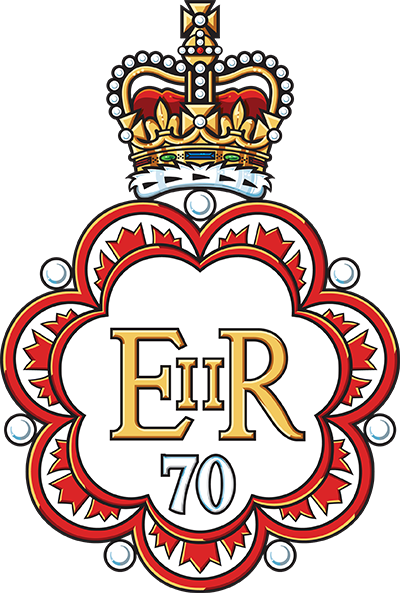
The Platinum Jubilee Emblem
The Queen’s Platinum Jubilee is being marked in Canada with its own emblem: the monogram of the royal cypher framed by seven arcs representing seven decades of Her Majesty’s reign, embellished with seven pearls and maple leaves. The shape also alludes to a cake — and the partial maple leaves could also represent fireworks. Created at the Canadian Heraldic Authority, the emblem was unveiled on February 6, 2022, the day of the 70th anniversary of the Queen’s accession to the throne.
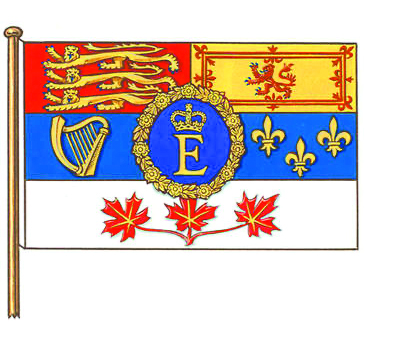
The Queen’s Personal Flag
The Queen’s personal Canadian flag was adopted in 1962 and is flown only in her presence. It depicts the shield from the arms of Canada, with the addition of a crowned E for Elizabeth on royal blue, gilded with golden roses.
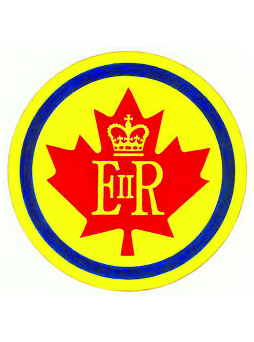
Royal Tour Badges
Distinctive emblems have adorned the uniforms of security and protocol personnel serving with royal tours since 1951. These badges often incorporate the royal cypher of the sovereign making the tour, such as this example from the Queen’s royal tour in Canada in 2005.
HEARTFELT GIFTS
From the 1940s onwards and even before she was Queen, Her Majesty Elizabeth II has been graciously accepting gifts from the people of Canada, everything from fashion to food, wedding silver to wildlife and farm animals to fine art. Some of those gifts are undeniably quirky, but they have all been chosen carefully to represent or to engage the Queen in the full panorama of the Canadian story.

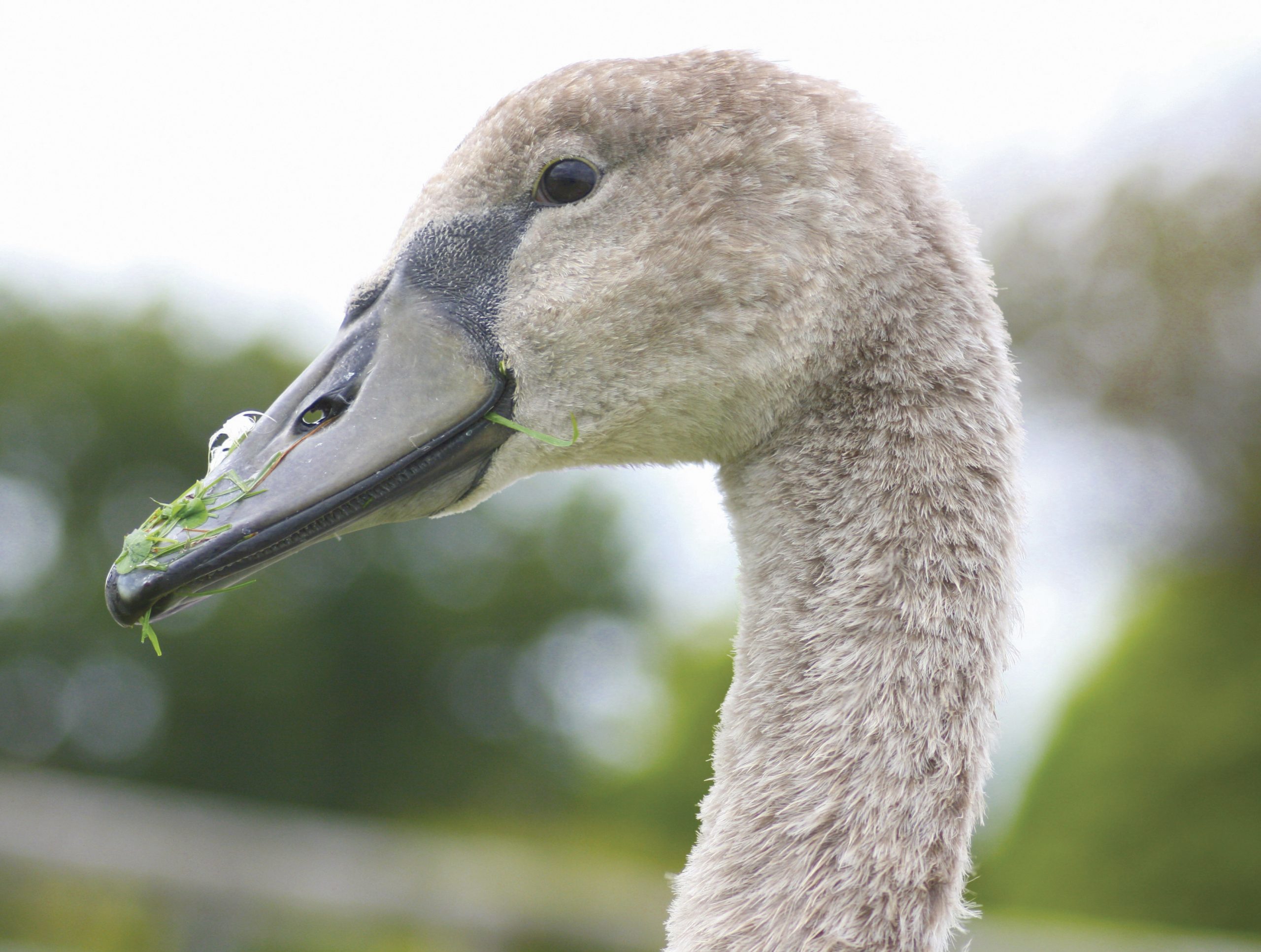
1952: Five Swans A-Swimming
By the 1930s, the Trumpeter Swan had been hunted almost to extinction. With fewer than 70 birds remaining in the wild, a British Columbian homesteader, Ralph Edwards, began feeding a small colony of swans to help them survive the winter. He and his daughter later helped capture five birds as a coronation gift for Queen Elizabeth. The flock thrived in England, as did his conservation efforts at home. There are now upwards of 46,000 swans in the wild, and Edwards went on to receive the Order of Canada in 1972.

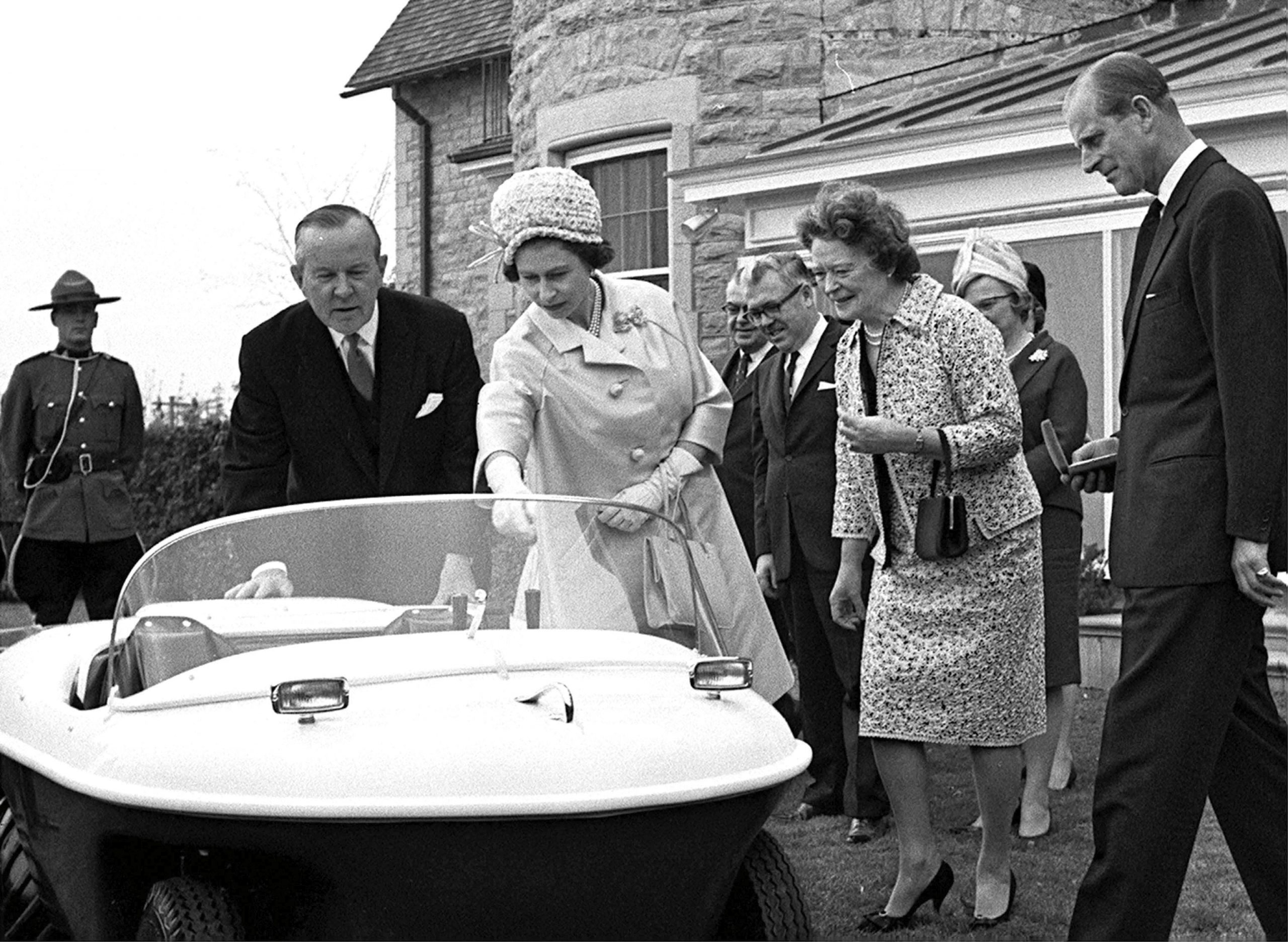
1964: A Canadian Penguin
As an illustration of Canada’s imaginative technology, Prime Minister Lester Pearson presented the Queen with a Canadian-made amphibious vehicle called the “Penguin.” The designer, John Smeaton, demonstrated it in action, but Prince Philip politely declined to try it out for himself, saying simply, “Thank you very much.” Just 800 of these vehicles were built before the company filed for bankruptcy. Today, they are collector’s items.

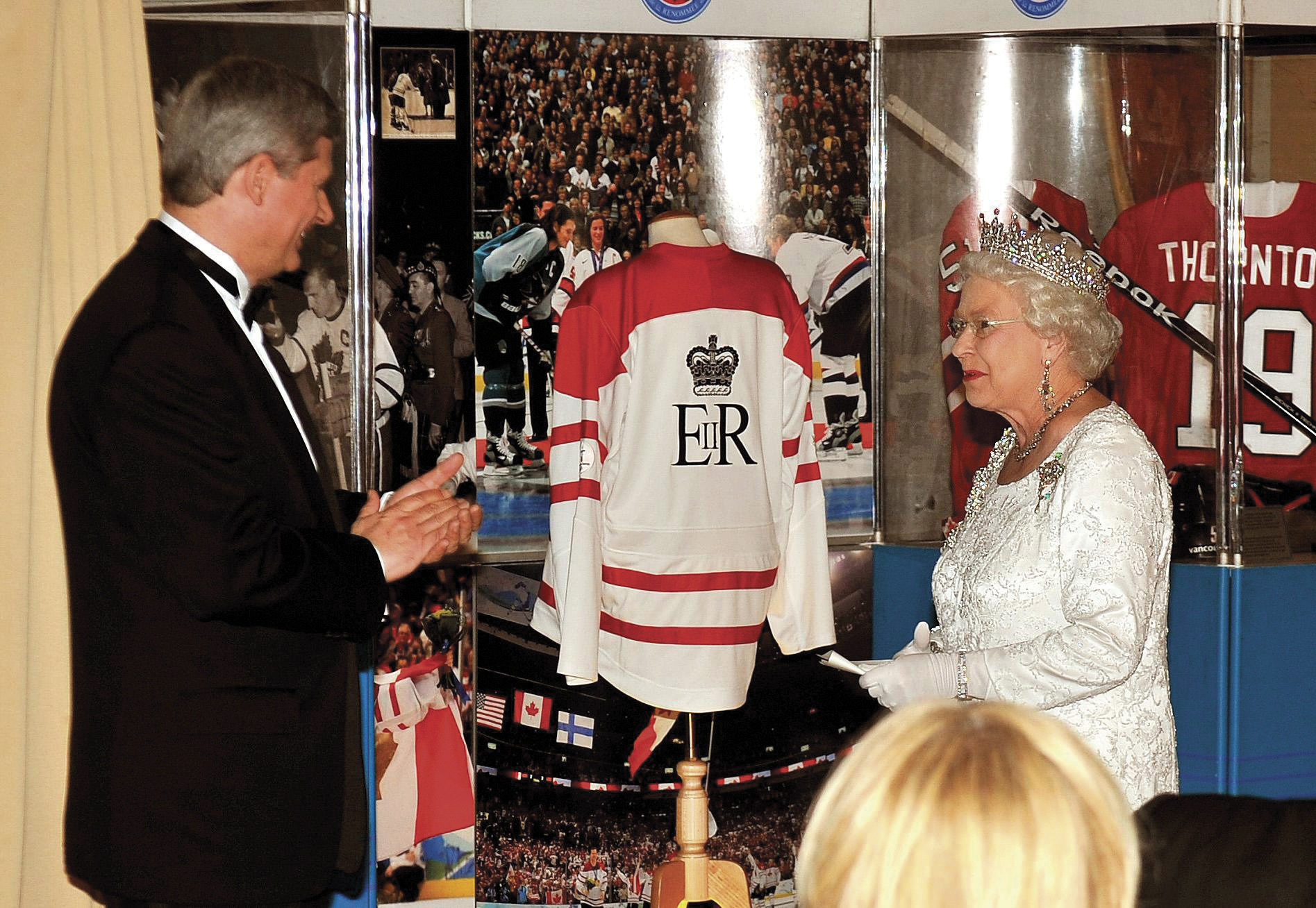
2010: Most Valuable Player
Hockey is Canada’s game, and it was on everyone’s mind in 2010, when the Canadian women’s team won a gold medal at the Winter Olympics in British Columbia. The Queen is a longtime fan. She saw her first hockey match in Toronto in 1951, dropped the puck for a Vancouver match in 2002 and in 2010 was given her own jersey, which went on display in the Hockey Hall of Fame.


1970: Overdue Rent
The Hudson’s Bay Company incorporated in 1670 in order to exploit Canada’s wealth in furs. King Charles II awarded the company a commercial monopoly in north-western North America in return, according to the founding charter, for the periodic payment of rent — two elk and two beaver. The monarchy collected on the overdue rent in 1970, when two live beavers were presented to the Queen. The beavers’ final destination was the London Zoo.

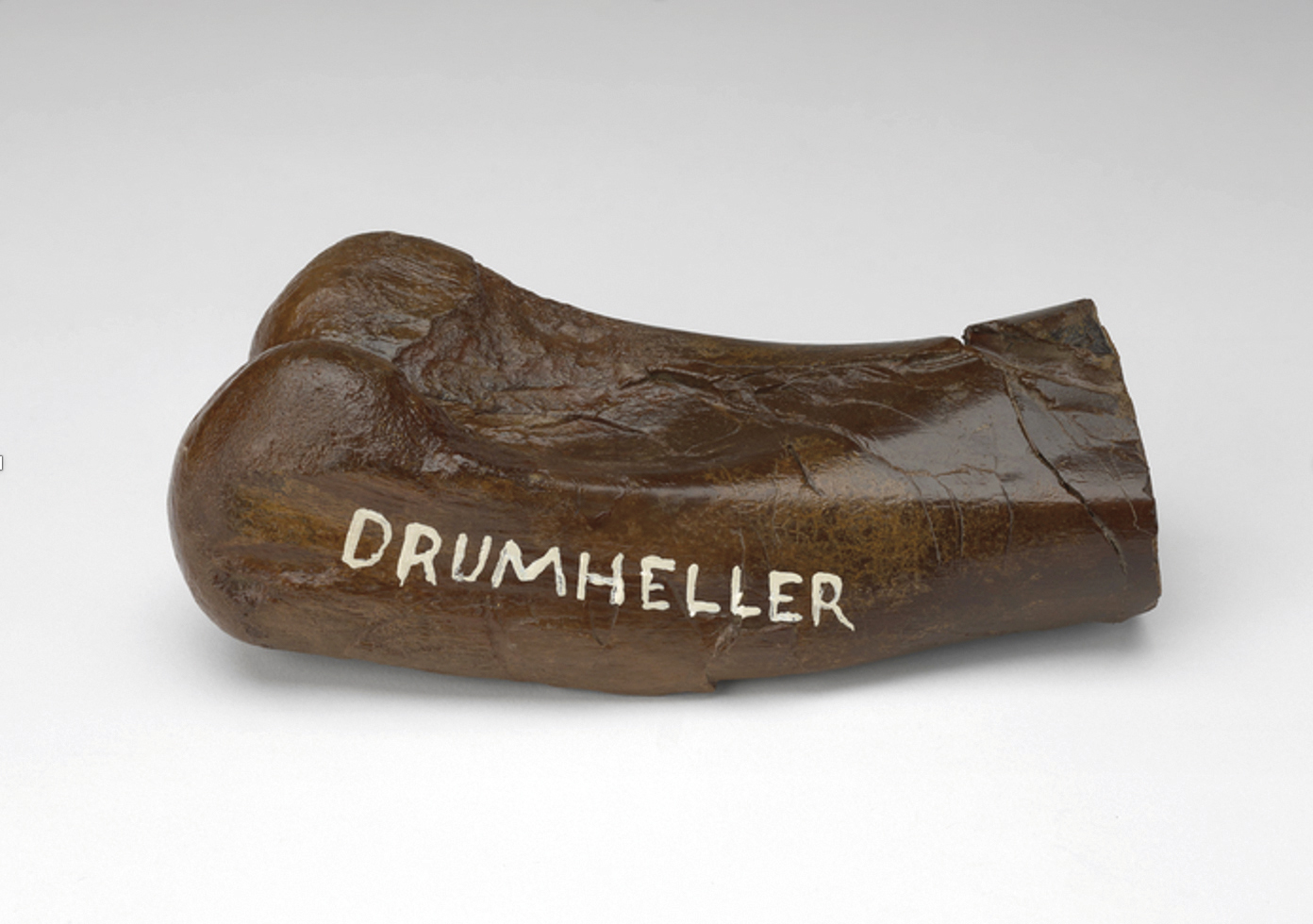
1959: Ancient Artifact
This little gift represents the extreme depth of Canadian history. A mere 515 years have passed since John Cabot arrived on the shores of Newfoundland on a voyage under the commission of Henry VII. A duck-billed, grass-eating dinosaur was roaming the plains of western Canada some 86 million years earlier. The City of Drumheller, Alta., presented this bone, part of the humerus (upper arm) of a hadrosaur, to Queen Elizabeth as a token of the many dinosaurs discovered in the area since 1884.

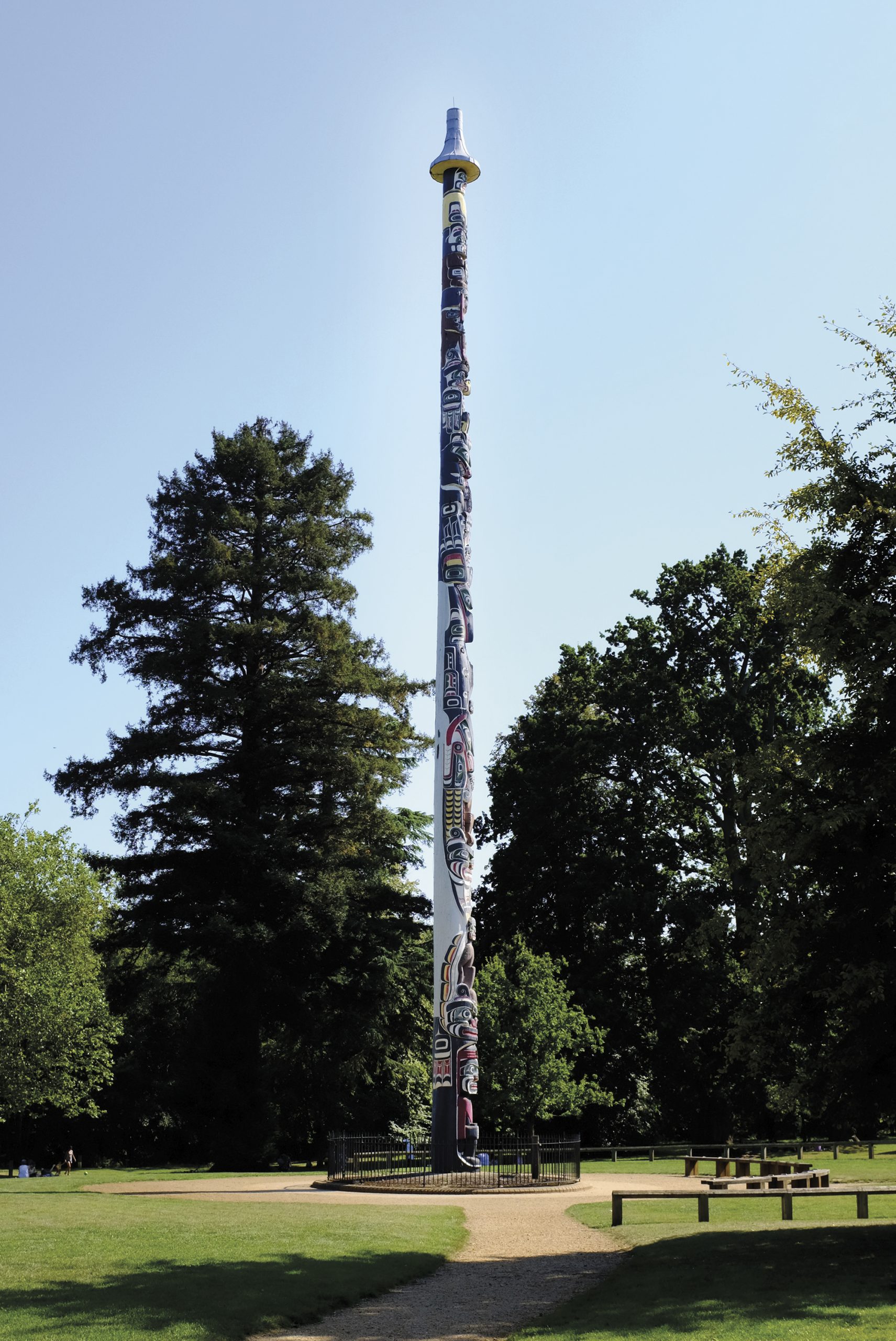
1958: Tall Treasure
A grand old totem pole has been looking out of place in England’s Windsor Great Park for 62 years now. British Columbia was founded in 1858, and a century later the province presented this 12,000-kilogram monument to Canada’s First Peoples to Victoria’s great-great-granddaughter. Carved by Kwakiutl artist Mungo Martin from a single piece of 500-year-old western redcedar, the totem is 30 metres high.


1947: Finery and Fine Food
Canada and Britain were allies just emerging from the hardships of the Second World War, and food was still short in Britain. When Princess Elizabeth married Lieutenant Philip Mountbatten, Canada sent a conventional gift of antique silver. As a country whose economy was founded on fur and the fisheries, however, Canada also dispatched a warm mink coat and 200 lobsters for the wedding festivities.

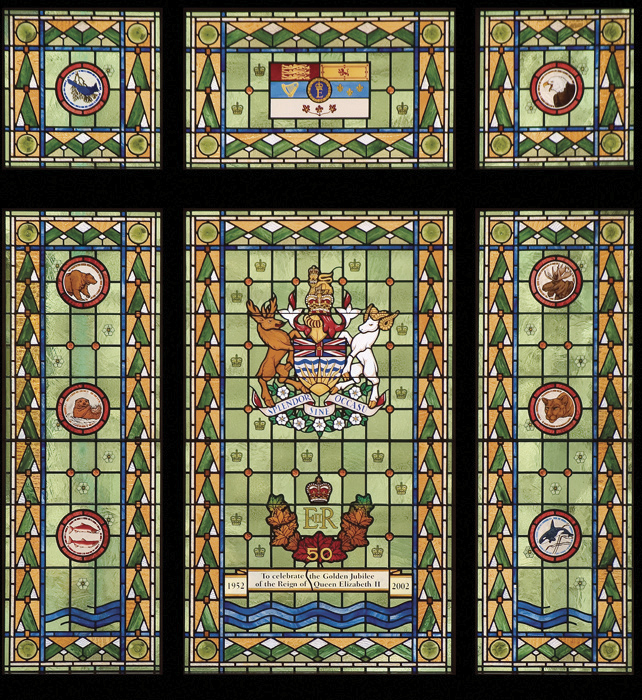
2002: Wild Window
This radiant gift of stained glass has a permanent home in the Legislative Assembly of British Columbia. The Golden Jubilee Window, crafted by Victoria-based artisans Edward Schaefer and Thomas Mercer, features images of the province’s wildlife, including Pacific salmon, an eagle, moose, bear, mountain lion, sea otter and orca. In honour of the Queen, it also displays the Canadian Royal Standard, flown only when the monarch is in Canada, all set in a decorative motif of sea and forest.






